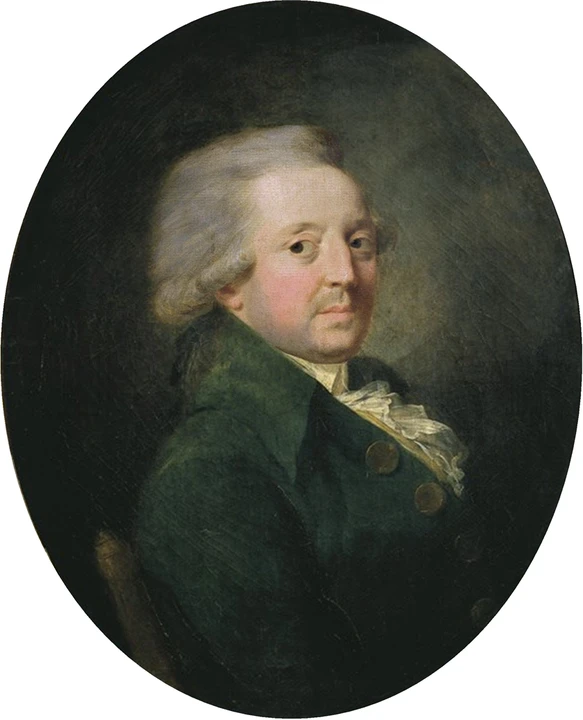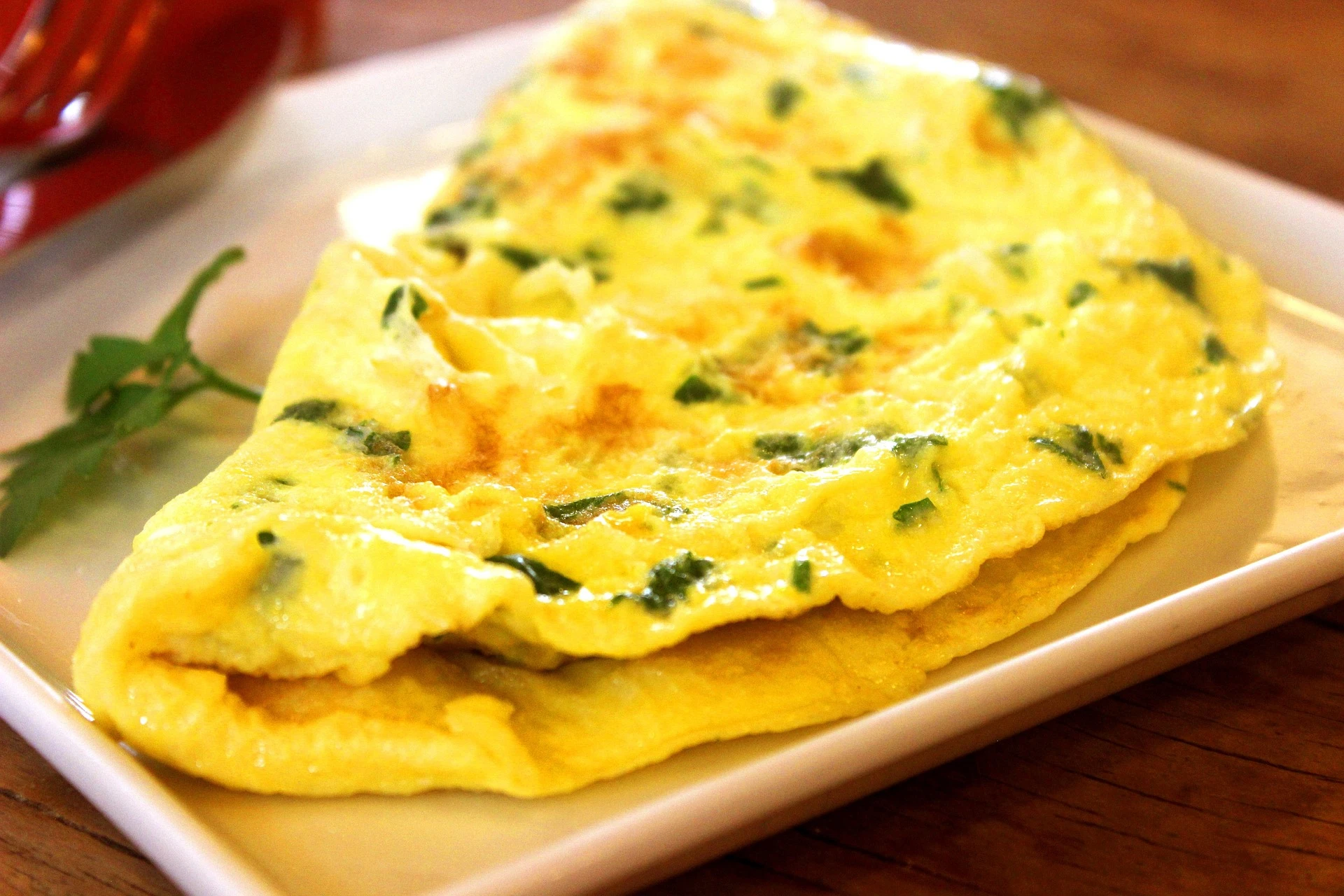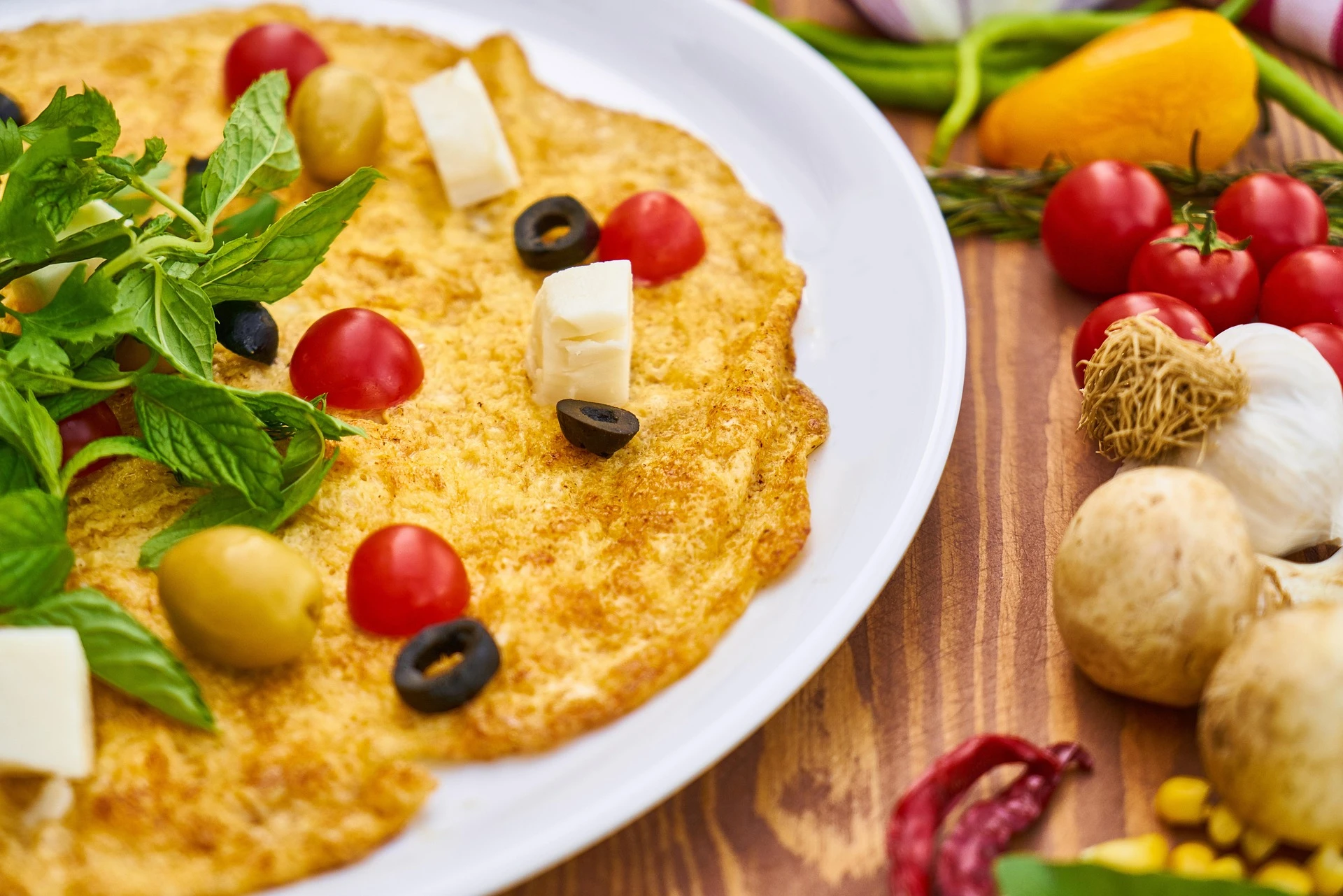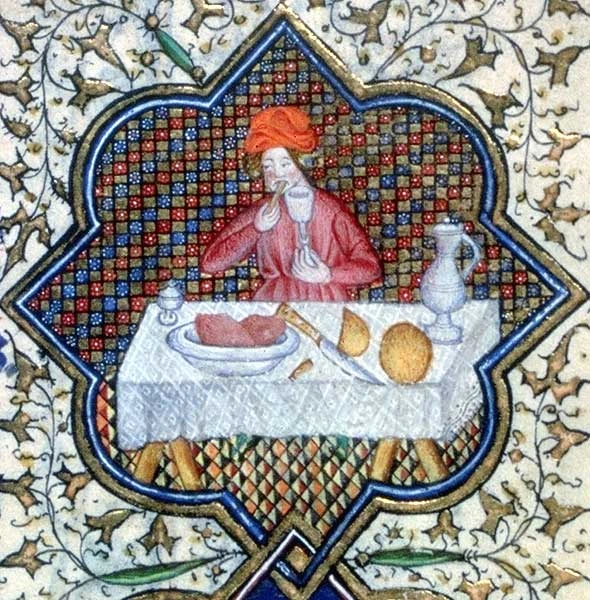My simple and tasty omelette recipe
The ingredients
Serves 4:
-
8 eggs (usually 2 per person, some add an extra yolk)
-
50 grams of butter
-
10 cl milk
-
A little oil
-
Salt
-
Pepper
The step-by-step process
- Crack the eggs into a bowl (or better yet, a cul-de-poule - nice throwback, no?).
- Beat them well with a fork, then add the milk, salt and pepper.
- In a frying pan, melt the butter without browning it.
- Then add it to the beaten eggs and mix a little more.
- Pour the mixture into the hot pan, then turn down the heat to medium.
Cooking tip: bring the edges toward the center as you cook.
Stir the pan lightly from time to time, keep the omelet a little slobbery, it's better.
Fold it in half, then place it on the plate.
A good omelet Photo by Mehriban A/Shutterstock
Ideas for varying omelettes
One of the charms of the omelette is that you can add almost anything you like to it.
mushrooms sautéed in butter, a pinch of paprika, a hint of muscade instead of pepper...
You can also add grated cheese (Gruyere or Parmesan), or fresh herbs to spice things up.
The traditional French omelette
For a more gourmet version
To the previous recipe, add 200 grams of ham in small pieces and 200 grams of grated cheese. Mix the eggs, add the grated cheese, then cook on a hot pan.
Add the ham, bring the cooked edges towards the center, fold the omelet in half and serve immediately.
Une omelette aux herbes / Photo chosen by Monsieur de France: by Nemoel Nemo from Pixabay
🔹 Three original omelette variations
Mushroom and herb omelette
Sauté champignons de Paris, thinly sliced in a knob of butter.
Add a pinch of garlic and parsley. Pour your beaten eggs over the top, let them lightly brown, then fold the omelette over.
Finish with a few brains of fresh chives before serving.
Goat cheese and honey omelette
Pour your beaten eggs into the hot pan, then add a few fresh goat's cheese slices.
Before folding, pour over a light drizzle of honey and add a little dried thyme.
A simple sweet-savory combination, perfect with a green salad.
Provençal omelette
The omelette goes with everything including tomatoes or olives / Photo chosen by monsieur de France: by Engin Akyurt de Pixabay
In a frying pan, sauté tomato wedges, onions, peppers and black olives in a little olive oil.
Pour in the beaten eggs, season with salt and pepper, and sprinkle with basil or herbes de Provence.
Serve piping hot, accompanied by a dash of olive oil and a piece of crusty bread.
The omelette is quite a story!
The omelette was born with the frying pan, which explains why, if the Romans, Egyptians or Greeks had the idea of beating eggs, they couldn't make an omelette: the frying pan didn't yet exist. It seems to be an Arab invention, arriving in Spain with them, more precisely in Andalusia, where Ibn Sayyar Al Varaq cites it as early as the 10th century. We're already talking about a dish that closely resembles today's omelette.
The Aztecs, too, are said to have enjoyed a kind of omelette made with goose eggs, described by the conquistadors. In France, traces of the omelette can be found as early as the Middle Ages, notably in a XIVᵉ century culinary work called Le Ménagier de Paris. It was written by an anonymous bourgeois, anxious to teach his very young wife how to keep house and cook properly. Ahhhh, these gentlemen...
Omelettes were already eaten in the Middle Ages / illustration chosen by monsieurdefrance.com : By Anonyme - http://expositions.bnf.fr/gastro/images/3/123.jpg, Domaine public, https://commons.wikimedia.org/w/index.php?curid=7325235
Why do they call it an omelette?
Nobody really knows why we say "omelette". Some mention "melette eggs", without anyone knowing what "melette" means, although many think it would simply come from "mixed". After all, etymology doesn't matter: what matters is that it's good!
Omelette served up for the grown-ups
Still, in France, the greatest loved the omelette. Notably Descartes, yes, the famous philosopher of "Je pense donc je suis". He even described the omelette he preferred: cooked with eggs from a good farm, incubated for eight to ten days by the hens.
According to some specialists, the taste must have been peculiar, but it was while eating omelettes, his favorite dish, that Descartes wrote his greatest ideas and his Discourse on Method, the foundation of modern scientific thought. Louis XIII loved simple omelettes, which he made his father Henri IV taste. Louis XIV, for his part, preferred them to asparagus or peas, which he loved and made fashionable. And Louis XV relished a omelette aux crêtes de coq, invented for him by his maître queux - a recipe supposed to be an aphrodisiac, if the beliefs of the time were to be believed!
When an omelette causes the loss of a great man: Condorcet

Nicolas de Condorcet 1743 1793
It was a simple omelette that caused the death of Nicolas de Condorcet (1743-1793). This XVIIIᵉ century philosopher, who became a deputy during the French Revolution, was notably the inventor of copyright and one of the first to call for the abolition of slavery. "Girondin", and therefore hunted down, Condorcet fled Paris and stopped incognito at an inn in Clamart. He does everything to pass for a man of the people: simple clothes, discreet tone. But it's precisely the dinner he orders that will betray him.
When the innkeeper asks him what he wants to eat, Condorcet replies:
"One omelette will do."
"Very well, how many eggs?"
"Twelve," Condorcet replies.
Fatal mistake: twelve eggs, four times too many for a normal omelet. A betrayal of his culinary ignorance... and therefore his aristocratic status. The innkeeper immediately denounces him. Recognized, Condorcet is arrested and dies two days later in his dungeon, without it being known whether he committed suicide or was the victim of a malaise. Rude fate for a simple craving for an omelet!
Omelette FAQs
Who invented the omelette?
The origin is unclear. The Romans and Greeks were already beating eggs, but the frying pan, an Arab invention, gave the omelette its real birth. In France, omelettes have been around since the Middle Ages.
Why do we say "omelette"
The word is said to come from "melette" or "alemette", formed on "mixed". It's not certain, but it makes sense: eggs are beaten before cooking.
How many eggs do you need for an omelette?
In general, two eggs per person are enough. Some add a yolk for extra softness.
How to make a successful drooling omelette
Cook over high heat at first, then medium, and stop before the center is completely set. Hot butter helps to obtain a melting texture.
Can you make an omelette without milk?
Yes, milk makes the omelette softer, but it's not essential. Some people substitute a spoonful of cream.
What's the difference between a French omelette and a Spanish omelette?
The French omelette is thin, folded, often plain or garnished with herbs. The Spanish omelette, or tortilla, is thick, with potatoes, and is eaten warm.









